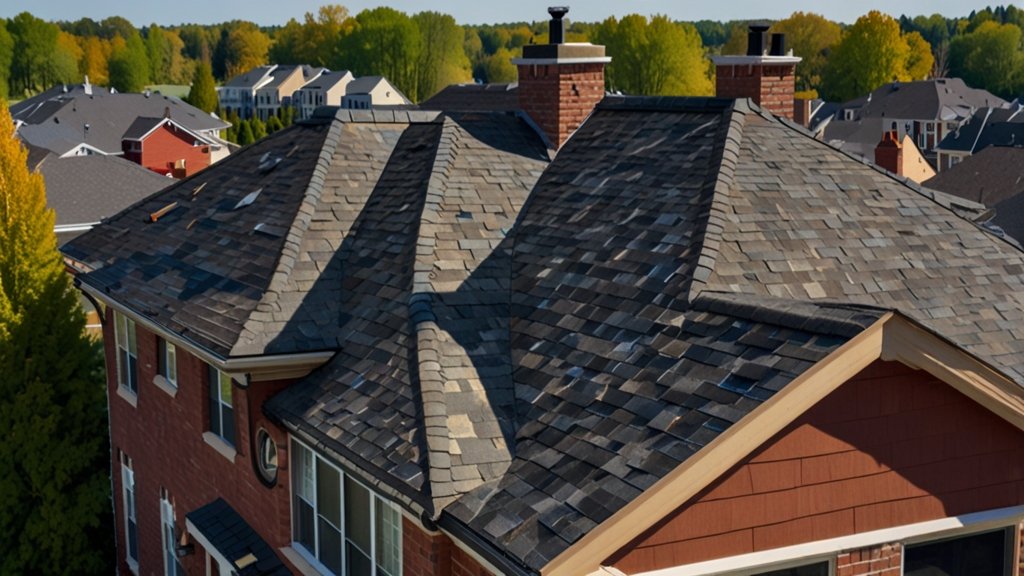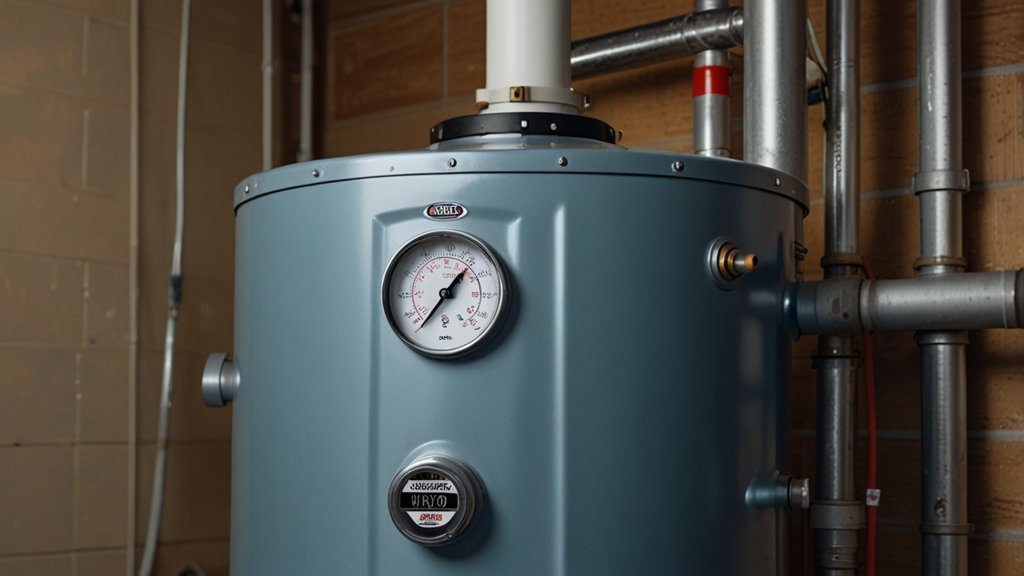Termites are a homeowner’s worst nightmare. These silent destroyers can cause extensive damage to a property before any signs are visible, leading to costly repairs and structural issues. Preventing termites from entering your home is essential for maintaining its integrity and value. In this article, we’ll explore actionable tips to protect your home from termites and keep these destructive pests at bay.
1. Understand Why Termites Target Your Home
The first step in preventing a termite infestation is understanding what attracts them to your property. Termites are drawn to homes that provide easy access to moisture and wood, as they require both to survive. Any home with untreated wood, excess moisture, or areas of exposed soil can be a potential target for termites. Knowing this, it’s crucial to address any factors that make your home more appealing to termites.
Common Attractants:
- Wood Sources: Wood piles, untreated timber, and wooden structures close to soil attract termites.
- Moisture: Leaking pipes, damp basements, and poor drainage create moist environments where termites thrive.
- Access Points: Gaps, cracks, and holes in your foundation allow termites to enter and access wooden structures.
With these attractants in mind, termite prevention becomes about controlling moisture, securing wood, and limiting entry points.
2. Control Moisture Around Your Home
One of the most effective ways to deter termites is to eliminate excess moisture around your property. Termites need water to survive, so controlling humidity and moisture in and around your home is crucial.
Tips for Reducing Moisture:
- Fix Leaks Immediately: Address any leaking faucets, pipes, or appliances, especially in basements and crawl spaces.
- Improve Ventilation: Ensure good airflow in attics, crawl spaces, and basements. Installing vents and using dehumidifiers can help reduce moisture levels.
- Slope Soil Away from the Foundation: Ensure that the soil around your home slopes away to prevent water from accumulating near the foundation.
- Clean Gutters and Downspouts: Clogged gutters can lead to water pooling near your home’s foundation. Regularly cleaning them helps direct water away from the structure.
By reducing moisture, you’re making your home less attractive to termites, which depend on damp environments to survive.
3. Keep Wood Away from Soil Contact
Termites can easily access wood that touches soil, as it provides them with a direct path to your home. By creating a buffer between wood and soil, you can reduce the likelihood of termites finding a way in.
Wood and Soil Separation Tips:
- Store Firewood Away from Your Home: Keep firewood piles at least 20 feet from the foundation and off the ground. Firewood can attract termites, and if stacked too close, it creates a bridge to your home.
- Use Raised Concrete for Deck Posts: When building decks or porches, use concrete posts that elevate wood structures above the soil.
- Avoid Mulch Near the Foundation: Mulch retains moisture and can attract termites. If you use mulch in landscaping, keep it at least a foot away from the foundation or use non-organic options like gravel.
This separation prevents termites from easily moving from the soil into your home’s wooden structures.
4. Seal Entry Points in the Foundation
Termites can enter through even the smallest cracks and crevices in your home’s foundation. Sealing these entry points can prevent them from gaining access to your property.
How to Secure Entry Points:
- Inspect the Foundation Regularly: Look for cracks, holes, or gaps, particularly near the soil line. Filling these openings with caulk or sealant can block termite entry.
- Install a Barrier: Physical termite barriers, such as stainless steel mesh or sand barriers, can be installed around the foundation to prevent termites from accessing your home.
- Add Screens to Vents: Make sure vents are covered with mesh screens to keep termites out while still allowing airflow.
By sealing off access points, you’re reducing the chances of termites finding a way into your home.
5. Use Treated or Resistant Wood
When building new structures or making repairs, consider using termite-resistant or pressure-treated wood. Treated wood is less attractive to termites and can help prevent infestations from taking root.
Types of Termite-Resistant Wood:
- Pressure-Treated Wood: This type of wood is infused with chemicals that deter termites.
- Naturally Resistant Woods: Certain woods, like cedar and redwood, are naturally resistant to termites, making them good choices for outdoor structures.
- Apply Wood Sealant: Applying a sealant to untreated wood can provide a protective barrier against termites.
For homes in high-risk termite areas, investing in treated wood for renovations or repairs can be a long-term safeguard.
6. Consider Using Termite Bait Stations
Bait stations are a popular termite prevention method, especially around homes at high risk of infestation. These stations attract termites, then eliminate them before they reach your home.
Setting Up Termite Bait Stations:
- Install Bait Stations Around the Perimeter: Bait stations are typically placed at intervals around your property’s perimeter to intercept termites before they enter.
- Monitor and Replace as Needed: Bait stations need regular monitoring to ensure they are working effectively. Professional pest control services can help monitor bait stations as part of a comprehensive prevention plan.
Companies like Agile Pest Control provide guidance on setting up and maintaining bait stations, ensuring they remain effective year-round.
7. Schedule Regular Termite Inspections
Even with all precautions in place, it’s essential to schedule regular termite inspections. Professionals can identify early signs of termites, often invisible to the untrained eye, and recommend appropriate preventive measures.
Benefits of Professional Inspections:
- Early Detection: Catching termite activity early minimizes damage and allows for prompt treatment.
- Customized Recommendations: Professionals can assess your home’s unique risk factors and offer tailored solutions.
- Peace of Mind: Knowing your home is regularly inspected provides confidence that termites won’t go unnoticed.
Agile Pest Control recommends annual inspections, especially for homes in termite-prone regions. A regular inspection schedule helps maintain a proactive approach to termite prevention.
8. Maintain Your Landscaping
Landscaping can contribute to termite risk if not managed properly. Moisture and mulch close to the home can make the environment more appealing to termites.
Landscaping Tips for Termite Prevention:
- Trim Vegetation: Keep bushes and trees trimmed away from your home. Overhanging branches can serve as a bridge for termites.
- Remove Dead Trees and Stumps: Deadwood provides an ideal environment for termites. Remove any decaying wood near your property.
- Avoid Excess Mulch: Mulch is beneficial for landscaping but retains moisture that can attract termites. Use it sparingly and keep it away from the foundation.
A well-maintained yard limits potential termite habitats, making your home less attractive to them.
Final Thoughts
Termite prevention requires consistent effort and a proactive approach. By taking these preventive measures, you can protect your home from costly termite damage and maintain its structural integrity. From reducing moisture and keeping wood elevated to scheduling professional inspections, each step helps build a solid defense against termites.
Working with experts, like Agile Pest Control, can further strengthen your prevention strategy. With regular inspections and a customized approach to termite control, you can safeguard your home and enjoy peace of mind. Protecting your property from termites is an investment in its long-term value and your family’s safety.
Stay in touch to get more updates & news on Fobie.org!











